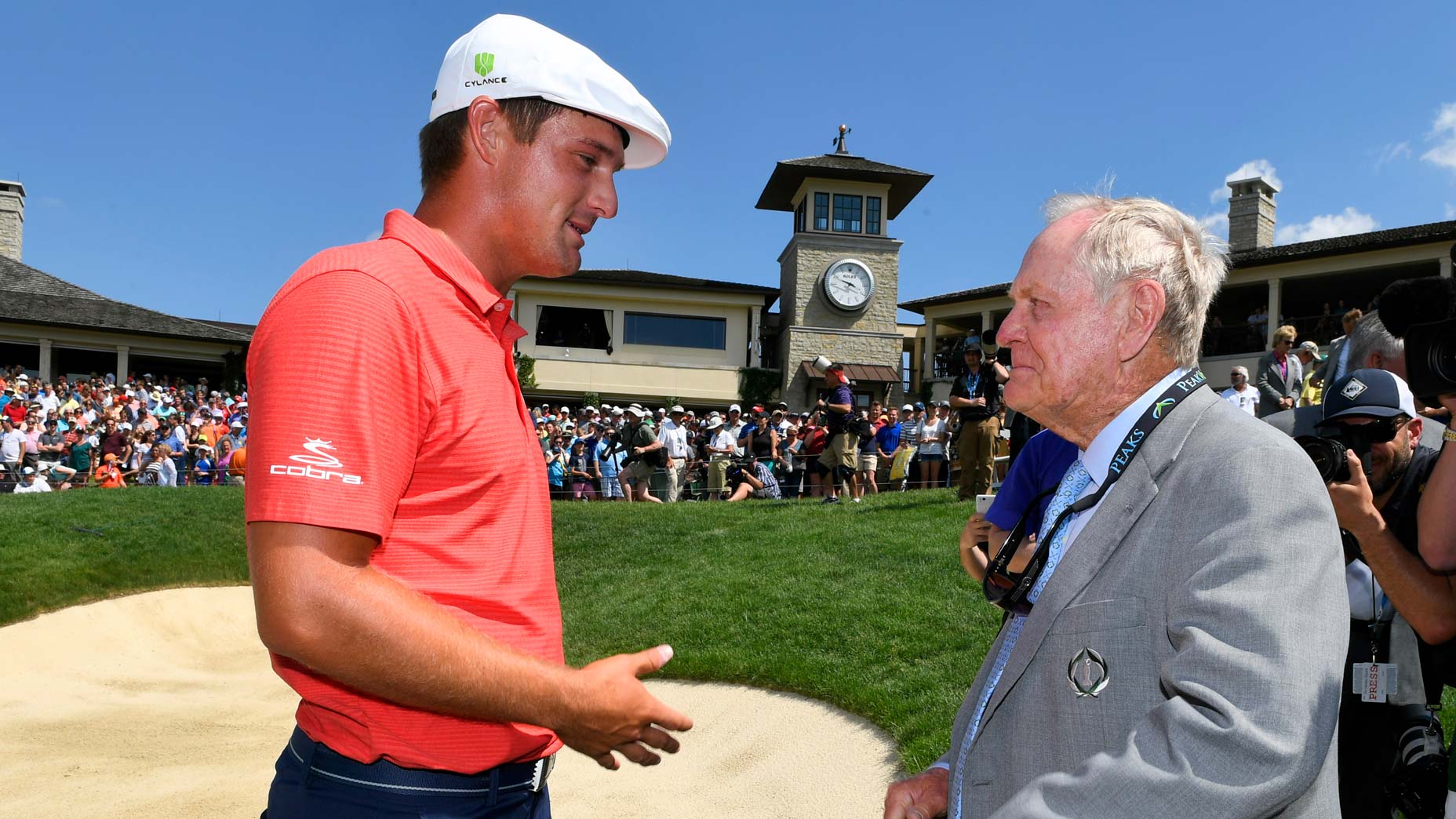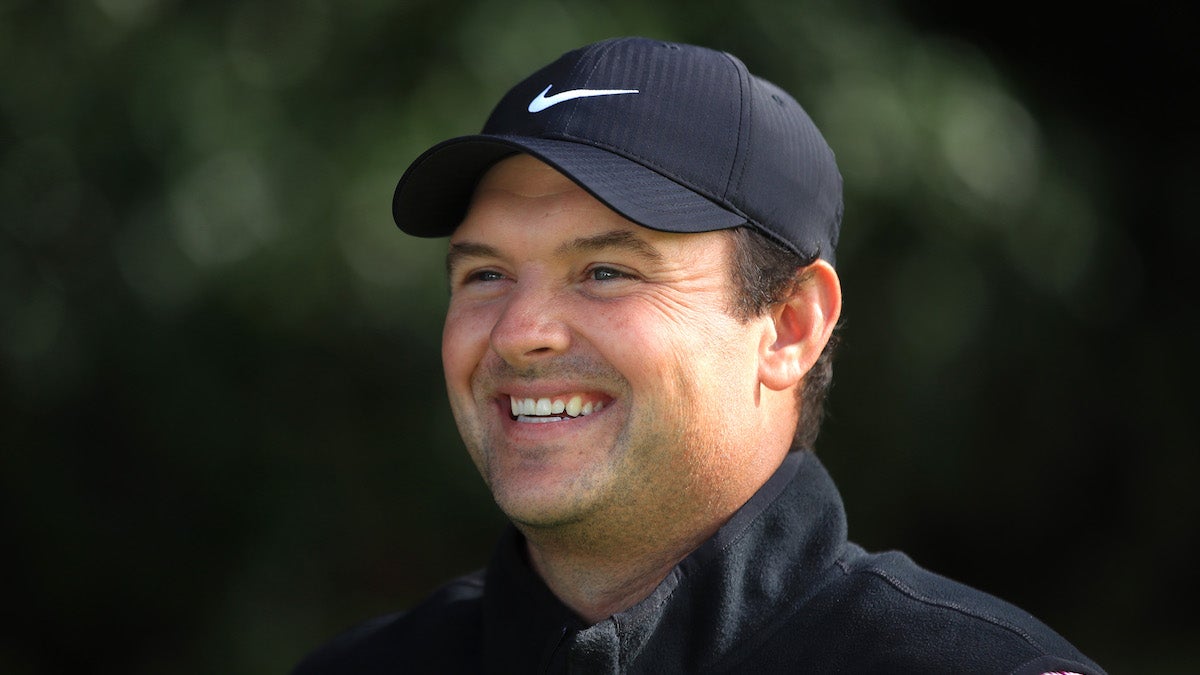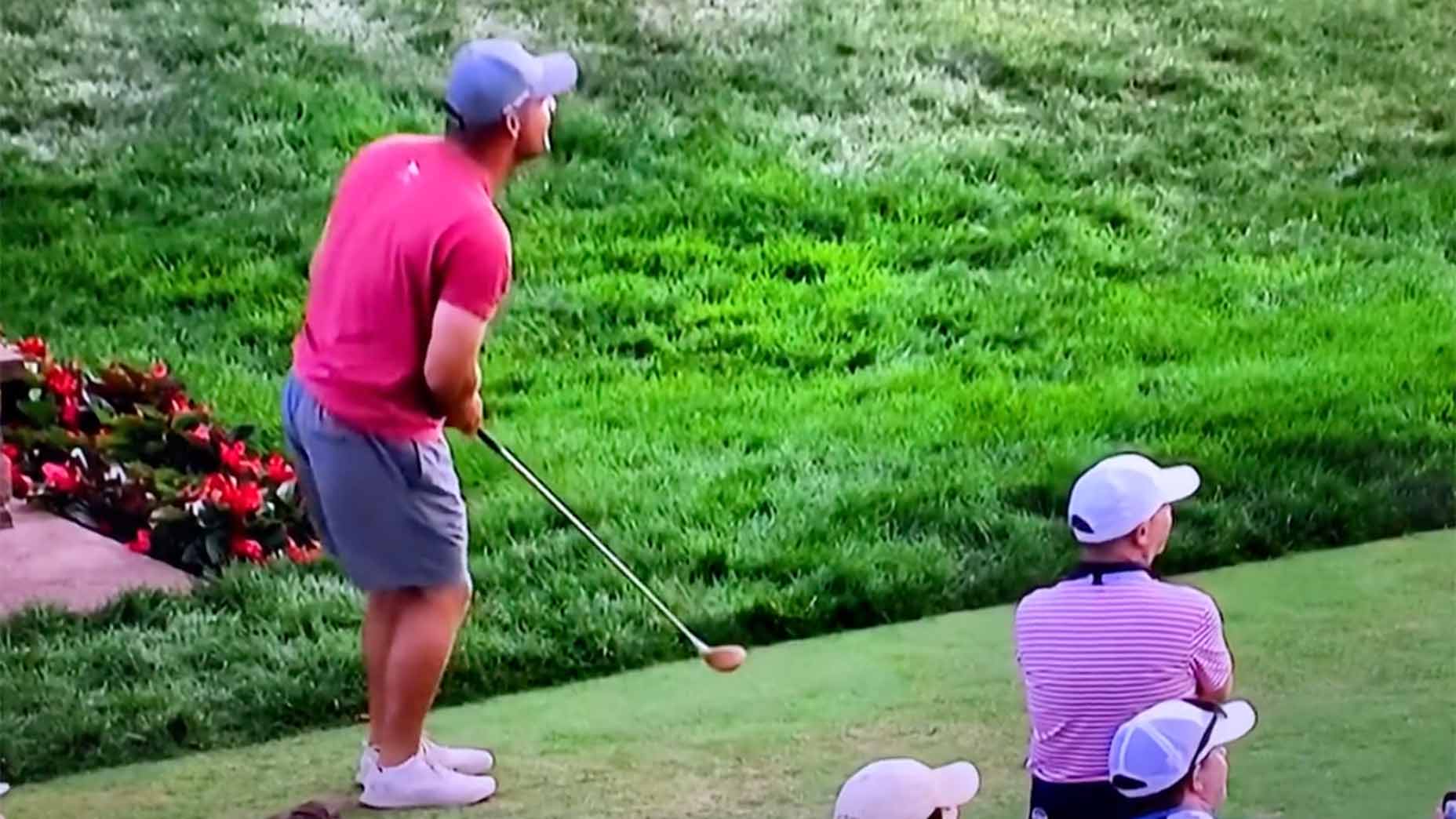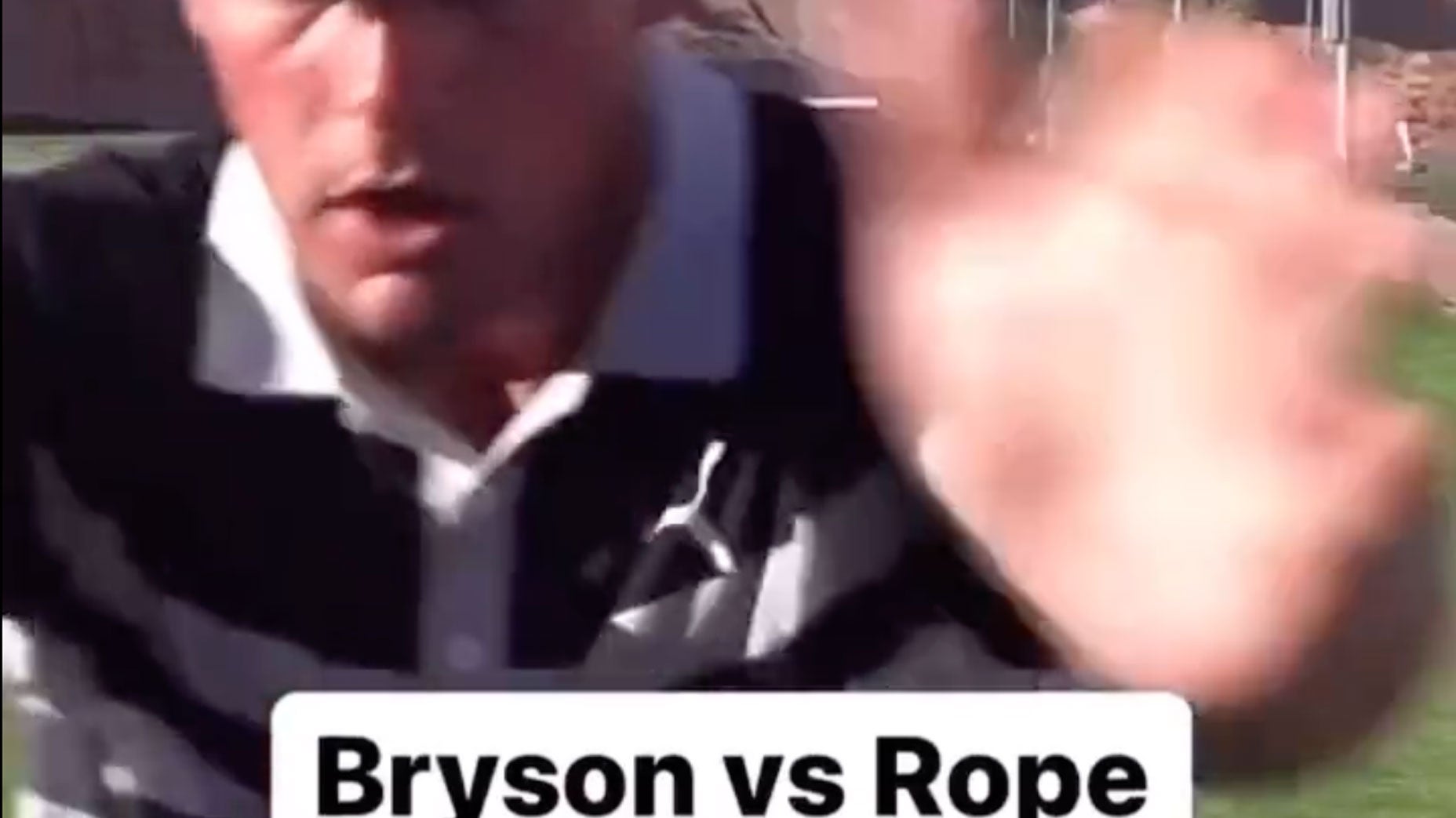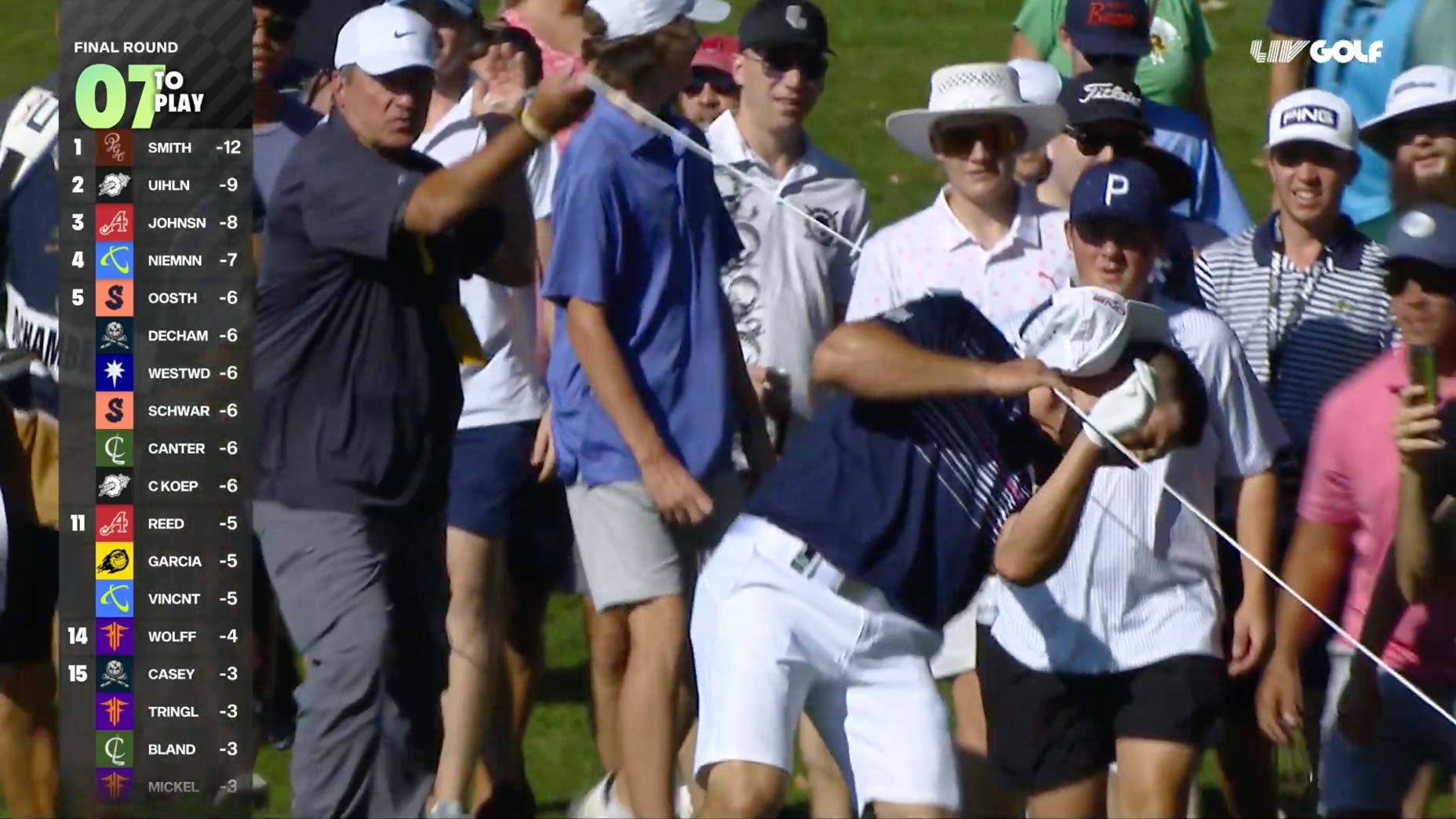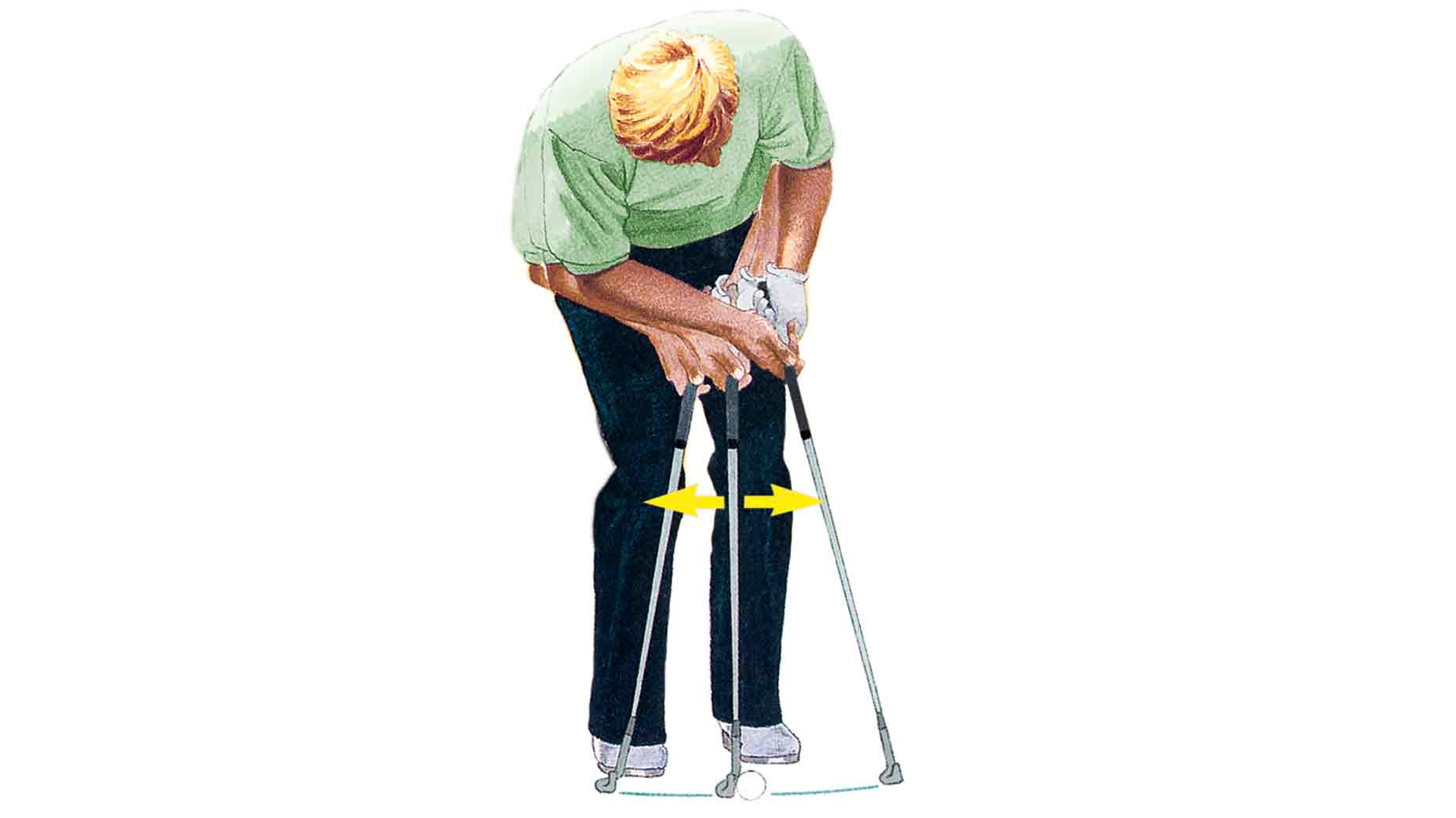As Bryson DeChambeau continues to push the limits of speed and distance in golf, nearly everyone has made their opinions heard on the matter. But regardless of where you stand on the debate, there is no question that DeChambeau has sparked a distance arms race in the professional game. With advanced analytics illustrating the advantage of power, some of the game’s top players have begun their own missions to chase the long ball.
But DeChambeau’s pushing the limits of modern technology has not been received well by everyone — there are seemingly as many critics as admirers. Just last week, European Tour pro Matthew Fitzpatrick made his opinion heard on the matter as he tweaked the extreme bomb-and-gouge strategy employed by DeChambeau.
“It’s not a skill to hit the ball a long way in my opinion,” Fitzpatrick said. “I could put on 40 pounds. I could go and see a biomechanist, and I could gain 40 yards; that’s actually a fact. I could put another two inches on my driver. I could gain that. But the skill in my opinion is to hit the ball straight. That’s the skill. He’s just taking the skill out of it in my opinion. I’m sure lots will disagree. It’s just daft.”
The optics of his comments will depend on which side of the aisle you fall on this polarizing subject, but one notable figure that understands and respects both camps and opinions is one of the biggest voices in the game — Jack Nicklaus. Nicklaus told GOLF.com that he would not dismiss Fitzpatrick’s comments, “Because to hit the ball straight does take a lot of skill. There are many different skills in our game. Hitting the ball long; hitting the ball straight; hitting the ball the proper distance with your irons; being able to chip and play bunker shots. They all require skills. [Length] just happens to be a skill that Bryson DeChambeau has figured out that allows him to be in a position to have an advantage on somebody else.
“I have nothing but respect for what Bryson DeChambeau has done. I think it takes a tremendous amount of skill, a tremendous amount of hard work.”
Patrick Reed predicts how golf courses will change to combat the Bryson effectBy: Luke Kerr-Dineen
Nicklaus went on to say he doesn’t necessarily like the impact enhanced distance has had on courses, but it doesn’t take away from what DeChambeau has accomplished. The onus on protecting courses falls on the governing bodies, not the players, Nicklaus said. If the stewards of the game want to defend courses, he said, they need to dial back the ball.
Nicklaus added that while modifying rules around the ball would result in DeChambeau and others firing fewer missiles, it would not take away his advantage over the field, because the decrease in distance would be proportional for the entire field. Nicklaus’ primary concern is that courses are running out of land to keep up with modern bombers.
Take, for example, Augusta National.
With DeChambeau’s outrageous power, he might be able to neuter the course in a similar manner to what he accomplished at Winged Foot. (Nicklaus said it’s possible that today’s longest players could drive the green on the 330-yard 3rd hole with a 3-wood, and perhaps also the green on the par-4 17th with a helping wind.) But that’s nothing against what DeChambeau has done, Nicklaus said.
“It’s a different kind of skill,” Nicklaus said of DeChambeau’s length. “But it’s definitely a skill.”
